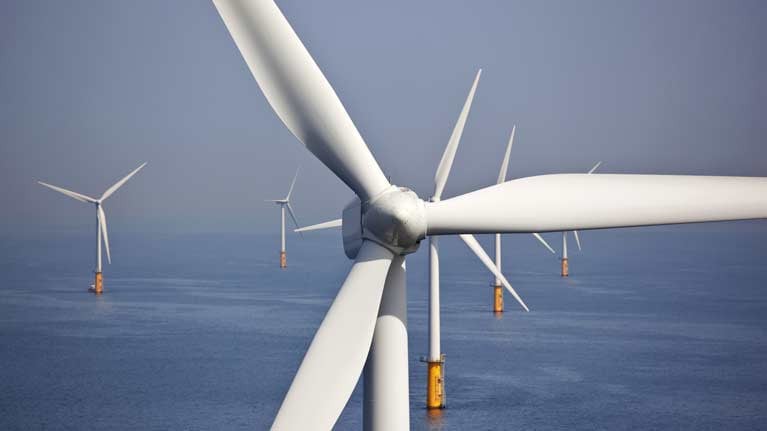Plans for upscaling offshore renewable energy under the new Programme for Government will fail unless the State agencies receive more resources, an industry group has warned.
The Marine Renewables Industry Association (MRIA) has described as “revolutionary” the new targets, which include increasing offshore wind energy from 3.5 gigawatts (GW) to five GW off the east and south coast by 2030.
The programme aims to draw up plans for exploiting the west coast renewable energy resource, and promises a major scientific research programme with a focus on wave energy and floating wind energy.
The programme also commits to approving new consenting legislation. The outgoing government had drawn up the Marine Planning and Development Management Bill, which replaces existing foreshore legislation at a time of increasing pressure on the coastal environment.
MRIA chairman Peter Coyle has welcomed the plan and ambitions, describing them as “high and necessarily complex”, but warns that agencies currently handling offshore renewables are being “run on a shoestring”.
Mr Coyle notes they are “unsustainable”, unless the relevant government department and consenting body for offshore energy are allocated “substantial” extra staff.
Currently, the Department of Communications, Climate Action and Energy and Bord Pleanála hold these roles.
“You cannot have a revolution in climate action unless there are sufficient revolutionaries,” Mr Coyle says.
Last week, outgoing Minister for Communications, Climate Action and Environment Richard Bruton issued a closing date of July 1st for public submissions on scaling up renewable energy output through offshore wind.
A consultancy report, published by Mr Bruton, outlines four options - ranging from a “developer-led” scenario, where each project would design its own connection to a more centralised “plan-led” offshore transmission development with more State involvement.
The selected model will be aligned with Ireland’s new National Marine Planning Framework, and the development consent regime for the maritime area as set out in the Maritime Planning and Development Management legislation, Mr Bruton said.































































